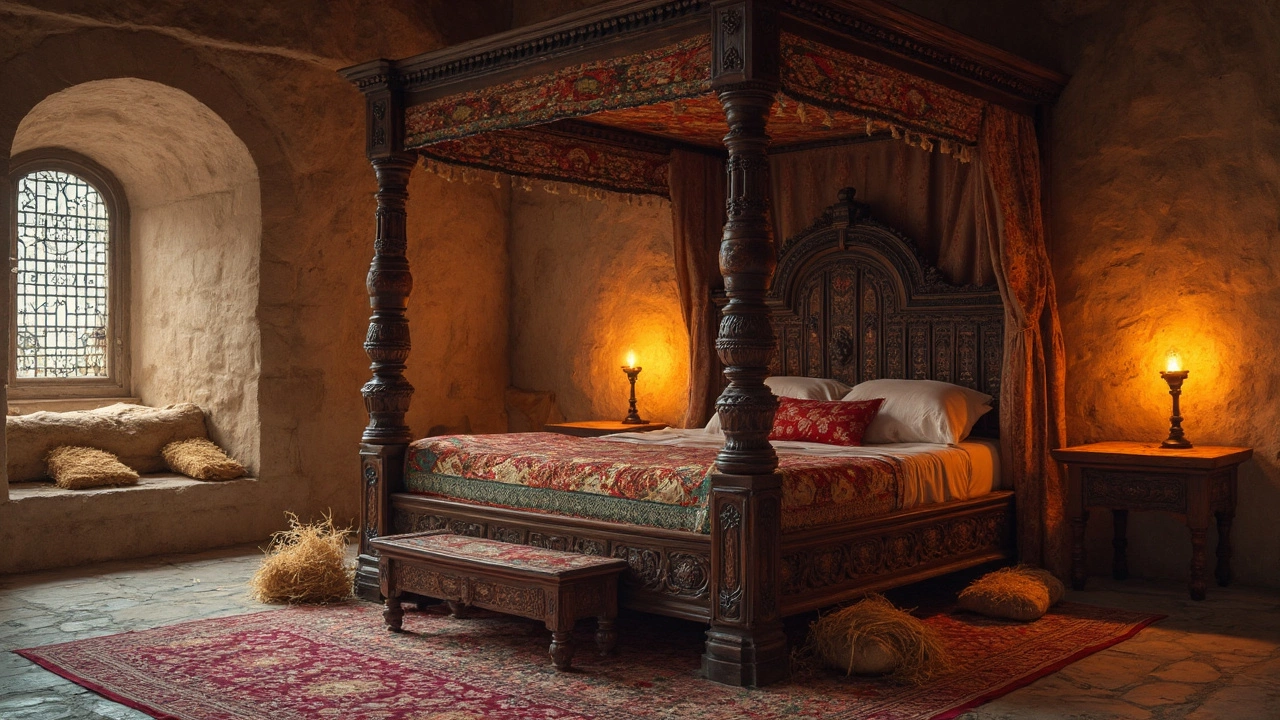
Bedding in Medieval Times: How People Slept Back Then
Ever wondered what bedding was like in medieval times? From straw-stuffed mattresses to elaborately woven covers, the past offers a fascinating look into how people used to get their sleep. Discover the materials, techniques, and traditions behind medieval bedding, and see how it compares to your modern-day comfort zone.
View More